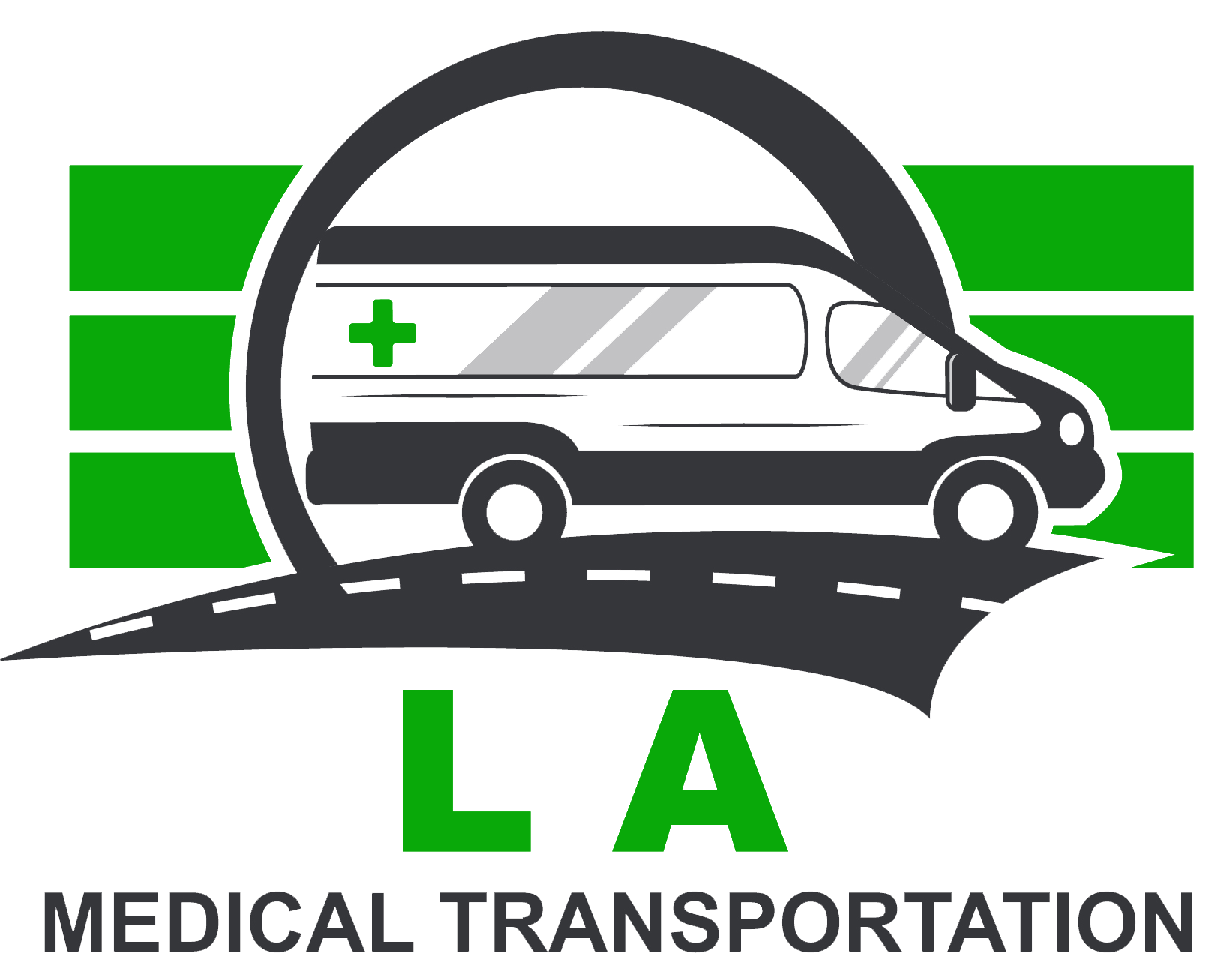When the skies darken, rain pours down, or winter’s icy grip tightens its hold, wheelchair users face unique challenges in navigating transportation during inclement weather.
However, with the LA Medical Transportation Company, conquering these obstacles and ensuring a safe and smooth journey is possible.
In this article, we unveil a treasure trove of tips and tricks to help wheelchair users confidently navigate the twists and turns of inclement weather.
1. Planning Ahead
Consider having a backup transportation plan if your primary option becomes unavailable or unsafe during inclement weather. This could involve arranging for a different transportation provider or exploring public transportation options better equipped to handle adverse weather conditions.
Inclement weather can cause delays and slower travel conditions. Factor in extra time when scheduling your transportation to accommodate unforeseen circumstances or road conditions.
Monitor weather forecasts and stay updated on any potential inclement weather conditions. This will allow you to anticipate any challenges and adjust your transportation plans.
If you require specific accommodations or assistance during inclement weather, communicate your needs to LA Medical Transportation in advance. This could include requesting a vehicle with additional accessibility features or ensuring that ramps and lifts function correctly.
2. Maintaining Accessibility
By actively maintaining accessibility and advocating for improvements, you can help ensure a smoother, more accessible wheelchair transportation experience during inclement weather.
Verify that your vehicles have good accessibility features, such as ramps or lifts, and are in good working condition. Regular maintenance and checks should be performed to ensure these features are functional, especially during inclement weather when they are needed the most.
Moreover, you should ensure the pathways to your pickup and drop-off locations are clear of snow, ice, or other obstacles. Regularly shovel or de-ice the area to create a safe and accessible path for wheelchair users.
3. Communication and Coordination
By fostering effective communication and coordination between wheelchair users and transportation providers, it becomes possible to navigate wheelchair transportation during inclement weather more efficiently while prioritizing safety, accessibility, and personalized needs.
Communication and coordination extend beyond transportation providers. Engaging with support services, such as local disability advocacy groups or emergency assistance organizations, can provide additional resources, information, and guidance for wheelchair users during inclement weather.
These networks can offer valuable advice, assistance, or referrals to specialized transportation services and allow wheelchair users to provide feedback on their experiences navigating transportation during inclement weather.
4. Emergency Preparedness
Develop a comprehensive emergency plan with specific guidelines for wheelchair users during inclement weather. Determine escape routes, emergency contacts, and procedures to follow in case of severe weather-related incidents or transportation disruptions.
Pack an emergency kit with essential supplies such as a first aid kit, non-perishable food, bottled water, extra clothing, blankets, flashlights, batteries, a portable phone charger, and any necessary medications. Having these supplies readily available can be vital during extended delays or emergencies.

Final Thoughts
By maintaining open lines of communication, coordinating effectively, and being prepared for emergencies, you can navigate wheelchair transportation with greater ease and peace of mind. Lastly, remember that you are not alone. Reach out to local support networks, disability advocacy groups, and fellow wheelchair users to share experiences, gather advice, and learn from one another’s journeys.

